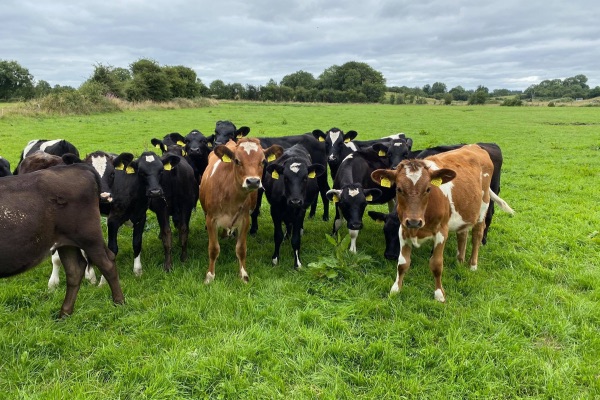Calf Feeding
The National Animal Welfare Advisory Committee in New Zealand has proposed a ban on the once-a-day feeding of calves under a certain age.
NAWAC believes the management practice of feeding calves once daily on a “limited” volume of liquid feed is “not acceptable for the first three weeks after birth”.
It has proposed an expanded minimum standard that calves must be fed a suitable “good quality” liquid feed at a rate of no less than 20% of their body weight divided into no less than two feeds per day for the first three weeks after birth.
It argues that it identifies sucking as a behavioural need, and calves kept on dams suckle 3-12 times a day – depending on breed and age.
The committee views the practice of a milk allowance equivalent to 10% of a calf’s body weight as a “restrictive breeding programme”.
It argues that calves reared on “such restrictive feeding programmes show increased signs of hunger”.
Furthermore, it claims to have concluded that feeding young calves liquid feed only once a day while they are unable to consume and digest sufficient quantities of calf starter “does not meet their nutritional needs”.
Ab-lib access to liquid feed and weaning
Moreover, it proposes that calves should have ad-lib access to liquid feed until weaning. It suggests that farmers should undertake calf weaning “gradually in a stepwise process” by removing milk slowly over 1-2 weeks.
In addition to the above, it has also recommended a minimum weaning age.
It states: “A calf must be given suitable liquid feeds that satisfy Minimum Standard 6a, until the rumen has developed sufficiently to allow it to utilise solids as the sole feed source, but must not be fully weaned off milk before six weeks of age.”
Referring to cow-calf systems, it proposes two new recommended best practices to “promote progress in this area”.
The paper, entitled Proposed Code of Welfare for Dairy Cattle and Associated Regulations, recommends the following:
“That where the management system allows, consideration should be given to rear calves on cows if there are no adverse implications for animal welfare, and that where calves reared on cows should be weaned before separation from their dam, i.e., two-stage weaning process.”
Furthermore, the committee proposes a new minimum standard that all newborn calves that farmers remove from their dam must be offered sufficient good quality colostrum/colostrum substitute as soon as possible after but within 2 hours of removal.
It argues that this will ensure that any calves that have not sucked their dam receive colostrum within 24 hours after birth.
Consultation
The independent ministerial advisory committee on animal welfare based the above on a review of the existing code of welfare for dairy cattle.
The Ministry of Primary Industries is seeking feedback from the public – particularly dairy farmers and others impacted by the changes – as part of a consultation, which closes on June 9th, 2022.
NAWAC chairperson, Dr. Gwyneth Verkerk, said it aims to develop a code of welfare that is “practical” and “delivers good welfare outcomes”.
Overall, the main proposed changes relate to:
- BCS;
- Intensive winter grazing;
- Shelter;
- Provision of lying surfaces;
- Limiting time on hard surfaces;
- Calf rearing;
- End-of-life management.
It proposes regulations to:
- Prohibit the use of electrified top and backing gates and all types of electro-immobilisation devices;
- Address issues associated with intensive winter grazing and the transport of end-of-life dairy cattle to slaughter.





